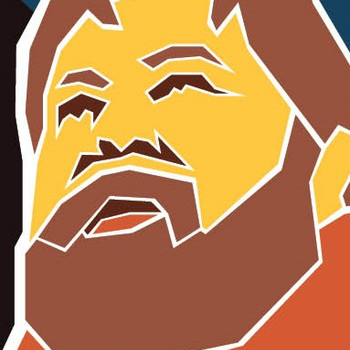How do you show whether the improper integral #int (x^2)(e^(-x^3)) dx# converges or diverges from negative infinity to infinity?
1 Answer
See the explanation section, below.
Explanation:
We need (among other things):
Let's note that
(By substitution with
We also note that to (attempt to) evaluate an integral that is improper at both limits of integration, we need to breack the interval into two pieces using
Let's use
# = lim_(ararr-oo) ((-1/3e^(-x^3))]_a^0) #
# = lim_(ararr-oo) (-1/3+1/3e^(-a^3)) #
As
We conclude that the original integral,
Note
By the way, the other integral,
Also, we might have noted before integrating, that
as
the integrand
So. there was no chance of the integral left of zero being finite.
Here is the graph of the function:
graph{x^2 e^(-x^3) [-12.87, 32.78, -4.08, 18.77]}

